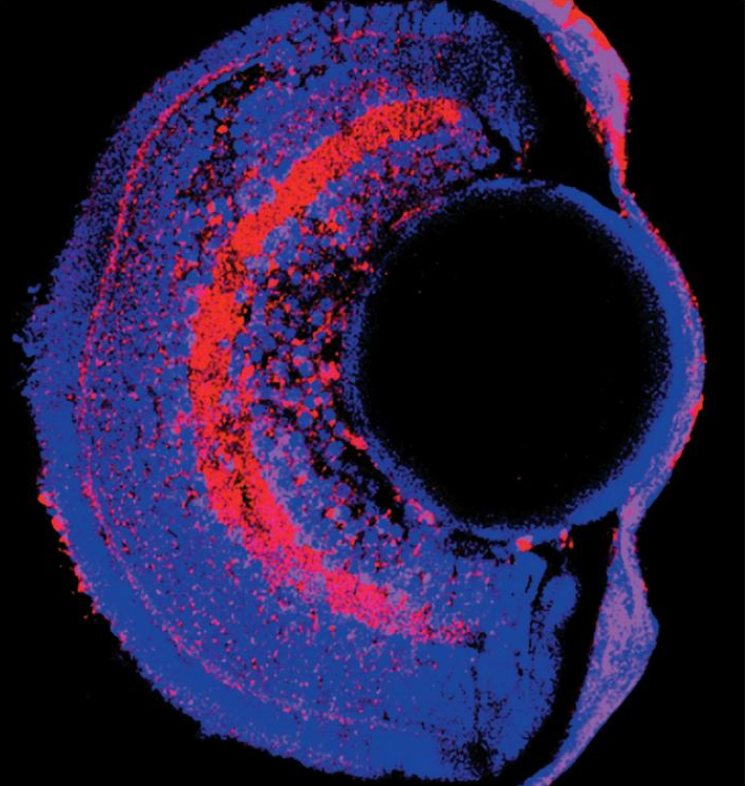Nonviral Gene Therapy
Plasmid vectors show potential in future of gene therapy for inherited retinal diseases. Roibeárd O’hÉineacháin reports.

Roibeard O’hEineachain
Published: Tuesday, March 1, 2022

Plasmid vectors show potential in future of gene therapy for inherited retinal diseases. Roibeárd O’hÉineacháin reports.

Published: Tuesday, March 1, 2022
